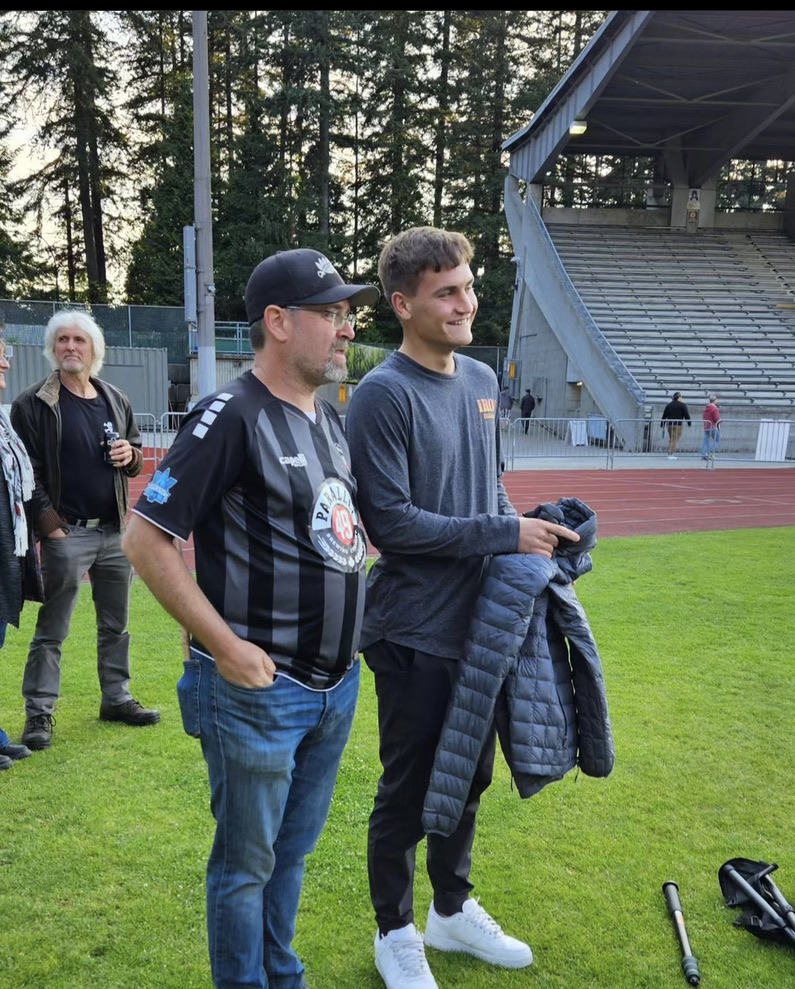
A piece of public art in Berne, Switzerland. Two chairs facing each other in dialogue, but chained to the walls behind them so they can never meet. At the conclusion of Alicia Juarrero’s new book “Context Changes Everything” she writes: “Neither puppets nor absolute sovereigns, human beings and the material and social forms of life they induce are true co-creators of their natural and social worlds. We serve as stewards of the metastability, coherence, and evolvability of both of these worlds. Matter matters. History matters. Social and economic policy matters. Most critically, however, because top- down causality as constraint makes …

Back in the late 1990s, when Toke Møller and Monica Nissen were mentoring a group of Kaos Pilot students, they went to visit Dee Hock in California to learn about his ideas of the chaordic organization and the chaordic lenses that help organizations stay focused on a minimal necessary structure that allows for coherence and emergence. It was a useful contribution to the budding set of participatory leadership practices that were emerging amongst the early Art of Hosting developers. After that, Dee Hock’s chaordic lenses got expanded a little and became the “Chaordic Stepping Stones” which we have developed further …

Funeral urn by Charles LaFond. My friend Charles LaFond is a potter. He is also a man who understands how to make space sacred, whether it is the space inside of which life unfolds or a space between two people deepening into friendship and ever-generative mutual blessing. He is also cheeky while being earnest, and his work plays constantly with the dance of the sacred and the profane. His funeral urns, for example, come with his own cookie recipe, and he encourages you to use them as cookie jars until you expire, after which your body, which by that time …

Me and Anthony White this week. Anthony is a professional soccer player who plays for Vancouver FC and is a former player for the team I co-own, TSS Rovers. He helped us win a championship last season. On Wednesday, he came to watch his brother play against us, and we had a long conversation about his career starting to take off. We didn’t pay attention to much else for about ten minutes! Mark McKergow is a friend and colleague in the field of both complexity and hosting (and whisky and jazz!). What I like about Mark’s work is the way …

The three-domain version of Cynefin, originally published on Dave Snowden’s blog. I’m trying to organize my thoughts on containers, complexity and constraints that span a couple of decades of work and grounded theory. In this post, I want to lay out how I see these phenomena in the context of anthro-complexity, largely articulated by Dave Snowden, with implications for complex facilitation, or what we in the Art of Hosting community call “hosting.” I’ll lay out some theory first that I’m working on, link it to facilitation and then share a case study of a recent meeting I hosted to demonstrate …

